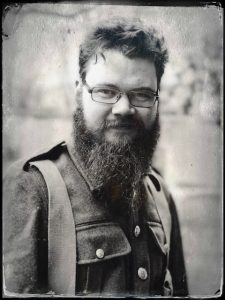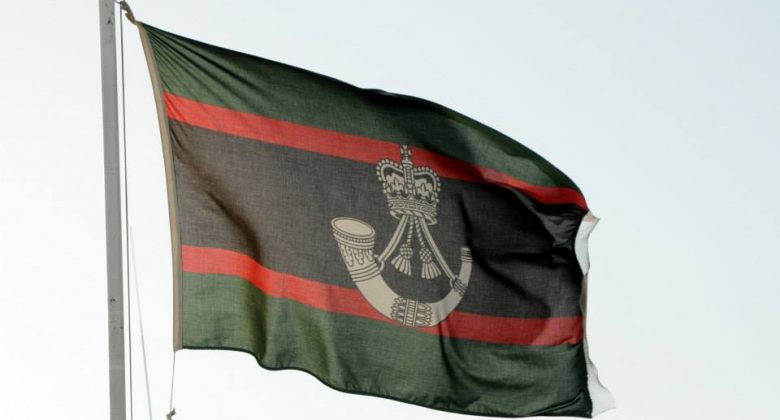Forming the Rifles
Amalgamation is just one of the ways in which the structure of the British Armed Forces has changed over time. In functional terms it means combining regiments and battalions together to form new ones, usually reflecting the changing needs of the Army.
The Duke of Cornwall’s Light Infantry—itself an amalgamation of the 32nd and 46th Regiments of Foot in the 1880s—saw several changes after it was formed at this time. The regiment served as the DCLI for nearly a century before it was joined with the Somerset Light Infantry in 1959, becoming the Somerset and Cornwall Light Infantry. The SCLI was then itself amalgamated with other light infantry regiments around a decade later to form The Light Infantry.
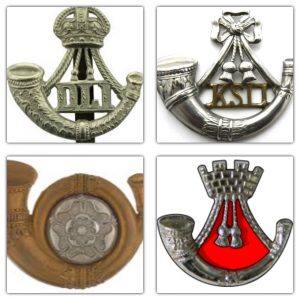
Finally, after nearly 40 years as The Light Infantry, this regiment was amalgamated with the Devonshire and Dorset Regiment, the Royal Gloucestershire, Berkshire and Wiltshire Regiment, and the Royal Green Jackets to become the largest regiment in the British Army; The Rifles.
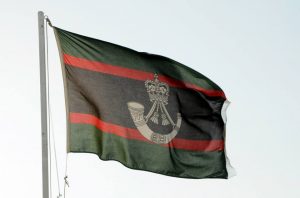
Formed on the 1st February 2007 it was arguably one of the most challenging amalgamations experienced by the Army. Tradition forms a huge part of the regimental system in the British Army, but each amalgamation is a hard ask of the regiments. They must decide which traditions are kept and which are lost through sequential amalgamations. The Rifles carries in spirit the names and heritage of more than 20 regiments that had been in existence in the 19th century. Fully representing the traditions of these regiments and their successors is impossible and so difficult decisions had to be made about what was kept and what was lost. The outcome is a fascinating mix of traditions and practices representing the heritage of as many of its ancestor regiments as possible.
Traditions Sustained
When The Rifles was formed it was very quickly decided that the Bugle—iconic from the perspective of The Light Infantry—would form the cap badge of the regiment. In this instance it was formed simply of the bugle and strings, surmounted by the St. Edwards Crown.
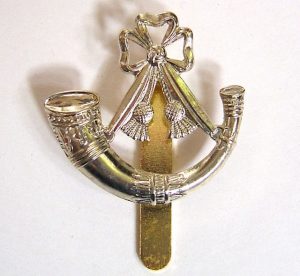
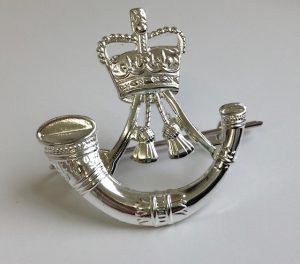
During the First World War the French War Cross (Croix de Guerre) was awarded as a unit citation to the Devonshire Regiment for its 2nd Battalion’s actions during the Third Battle of the Aisne. The honour was also conferred upon the King’s Shropshire Light Infantry, and thus all infantry in The Rifles now wear a small Croix de Guerre on certain forms of dress.
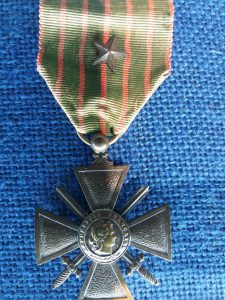
In certain military gatherings it is traditional to give a Loyal Toast; that is, a toast to the Sovereign. The specific form of this toast can vary depending on the occasion and who is present. Owing to particular traditions of a few of the antecedent regiments in this practice, The Light Infantry do not drink a Loyal Toast on these occasions. As with the above, this tradition became part of The Rifles’ own as well.
However, as with all amalgamations there were necessarily aspects of The Light Infantry’s regimental heritage that were lost.
Traditions Lost and Traditions Gained
Whilst light infantry regiments had historically carried Colours (Queen’s and Regimental) emblazoned with their battle honours, rifle regiments (particularly the Rifle Brigade) never did so. Instead, their battle honours were entrusted to each rifleman, inscribed onto their cap and belt badges. It was decided that the other amalgamating regiments would ‘lose’ their Colours but would take on the tradition of the rifle regiments instead.
As such a team was established to decide which of the 437 honours shared by various ancestor regiments should be inscribed onto the belt badge of The Rifles; an incredible task! Eventually the team decided on a short list of 34 honours, encapsulating as much of the forming regiments’ traditions as possible, but also highlighting their shared heritage.
Furthermore, The Light Infantry and the Royal Green Jackets as ‘light infantry’ in the true sense, always march at 140 paces instead of the 120 usual of other line regiments. This tradition was continued into The Rifles as were several other facets of the light infantry training including being the ‘thinking soldier’ and never needing the command to stand to attention; a Rifleman is always ready to carry out orders.
This process demonstrates a couple of things about regimental heritage and tradition. It shows how complex the nature of amalgamation is; reducing the battle honours down to 34 was an arduous process, let alone all the practical elements of moving people, equipment, issuing new uniform and so forth. However, it also shows how intensely ‘political’ regimental heritage can be. The brief for deciding on battle honours had five selection criteria:
- General historical significance and public awareness but balanced by regimental iconography.
- Exclusivity (in that the Battle Honour is exclusive to The Rifles).
- Underpinning regimental ethos.
- Chronological and geographical spread.
- The opportunity to ‘double hat’ as, for example, the Royal Green Jackets had done for their cap badge where the ‘Defence of Ladysmith’ and the ‘Relief of Ladysmith were combined as ‘Ladysmith’.
They highlight the fact that the regiment as an entity has a huge amount of control over its own heritage, and, as shown by the criteria above, will aim to choose the heritage which represents the regiment in the best light and of course, that which is the most palatable.
By Chris Berriman, Collections & Digital Intern (2018-19) at Bodmin Keep
